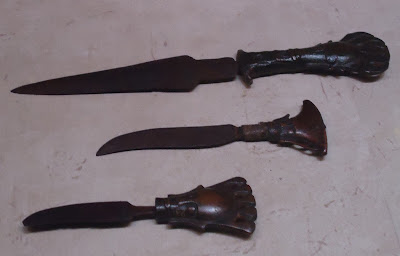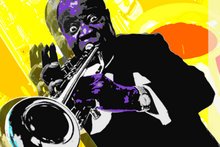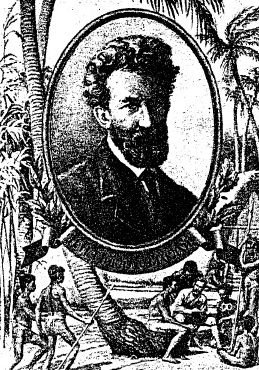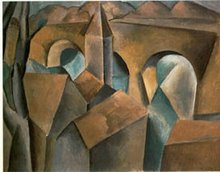In 2008 in ethnology museum of Academia Sinica in Taipei (Taiwan) first time I saw knives bronze handles, which are considered one of the three cultural treasures of the Paiwan ethnic group. Two others are ancient pottery vessels and glass beads. These cultural treasures were family heirlooms of the Paiwan upper classes. At the same time the ethnography has not clear information about bead-making skill among the Paiwan or other indigenous peoples in Taiwan. The same is supposed for the knives bronze handles. Paiwan myths however suggest that their ancestors brought all these treasures with them when they settled on Taiwan. The origin of Paiwan treasures is an interesting puzzle. In this article I try to find a hypothetical answer to this question. Another interesting puzzle, which seems to be connected with the question of Paiwan knives bronze handles, is the origin of Igorot bronze drums. I saw these drums also in Taipei, but they were brought there by the Filipino foreign workers, who use them in the performances at their Sunday meetings. Igorot is the collective name of several Austronesian speaking ethnic groups from the mountainous area of Northern Luzon. Almost all Igorot groups use bronze drums in their spiritual ceremonies. Beside the Northern Luzon bronze drums until now are used in the southern Philippines. Drums types are clearly distinguished between northern and southern traditions. Northern traditions relate to music cultures in continental Southeast Asia while southern relate to the insular Southeast Asia.
To find the traces of the two studying artifacts origin it is reasonable address the Bronze Age cultures of Southeast Asia. North Vietnam was the home of a Bronze Age culture called Dong Son. The best-known artifacts created in this culture are large bronze “kettle drums”. Working with bronze was practiced in Vietnam probably from the second millennium BC and reached its technical and artistic peak around 500 BC – 100 AD. These drums became objects of trade and heirlooms. More than 200 bronze drums have been found across an area from Southern China and Vietnam to eastern Indonesia. Did the drums come to the Philippines by trade routes? Or maybe the ancestors of Igorot migrated to Northern Luzon from somewhere, where a tradition of bronze drums production was flourished? The similar questions appeared in connection to the Paiwan knives bronze handles. Paiwan language is closer related to Malayo-Polynesian group compare to other Formosan languages. This fact suggests that the Paiwan chieftains and nobles could come to Taiwan later than other Formosan peoples and probably from the South-East Asia, where they used Malayo-Polynesian lingua franca. Paiwan knives bronze handles style is very similar to those of Dong Son. Igorot hand drums are very similar to the drums of the same area. This fact suggests very high probability of the same area of origin of both artifacts, which could be dated around 2000 years ago, when ancestors of nowadays Paiwan nobles and Igorot were forced to leave their homes because of Qin Empire (221-207 BC) military activity.













No comments:
Post a Comment